 WISSD
WISSD
Achievements
Prototype
The implemented drowsiness detection prototype consists in wearable bio-sensors acquisition platform based on OpenBCI Cyton Biosensing Board mounted on Neuroelectrics ENOBIO 8 channel headset. The wearable platform is capable of recording and streaming EEG, EOG and EMG signals through secure wireless connection using Bluetooth low energy (BLE) technology to the laptop.
The measured signals are captured by the openBCI GUI interface and streamed to the processing interface through LSL (Lab Streaming Layer) and OSC (Open Sound Control) network protocols.
The processing interface uses the received signals to monitor awake/drowsy states and provide alerts when the person is getting drowsy. Several drowsy state prediction algorithms have been developed that first extract the main features from the signals and then predict and classify the measured data using different learning techniques.
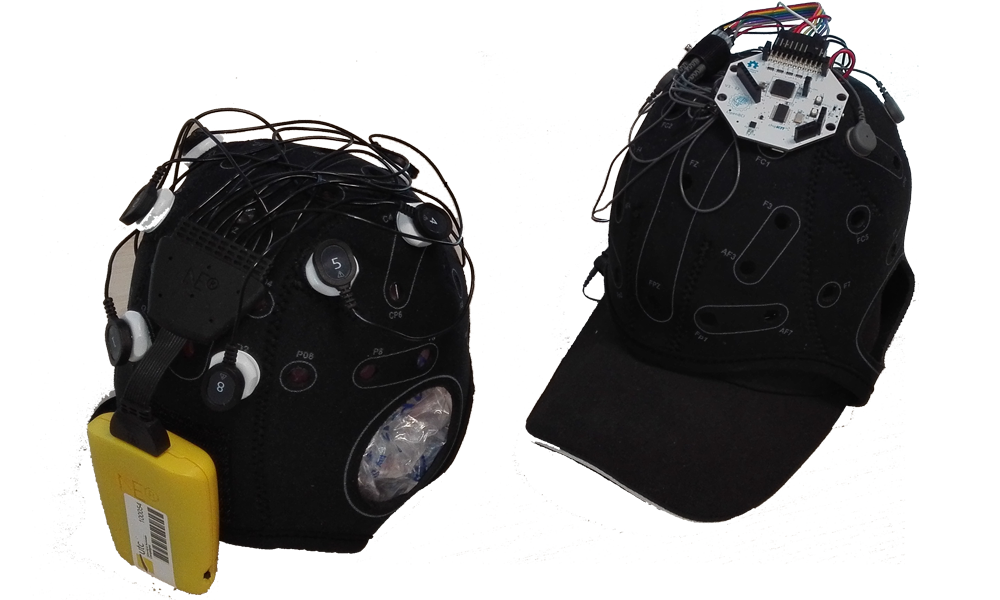
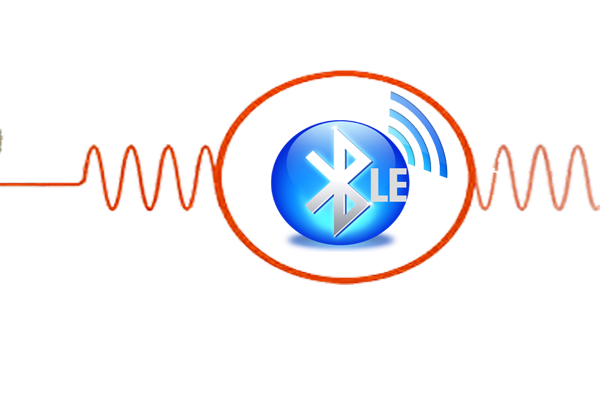
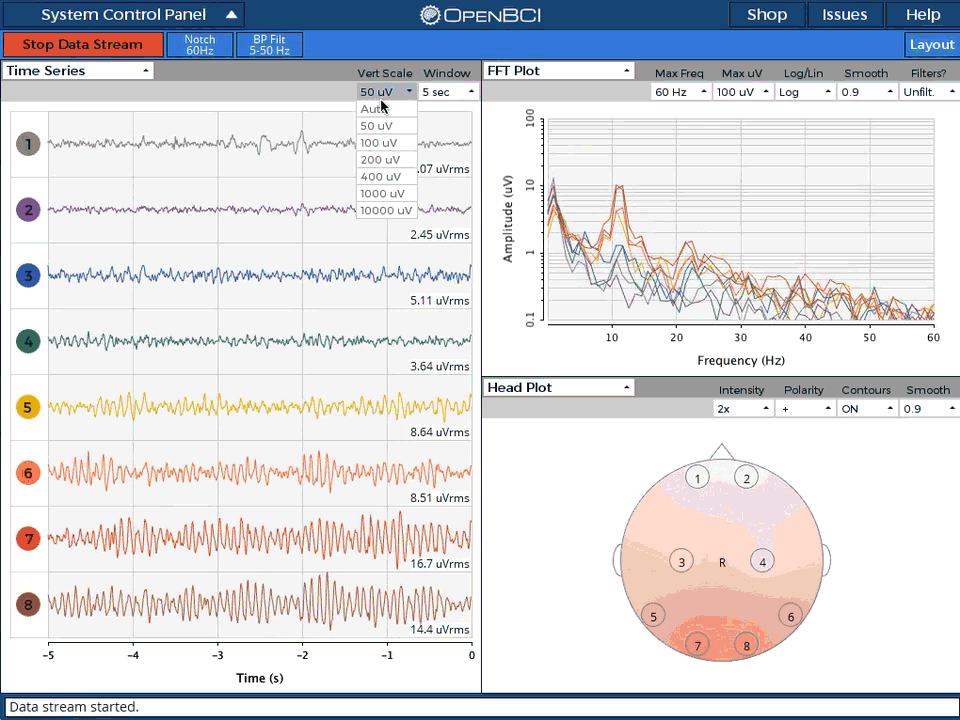
Experiments
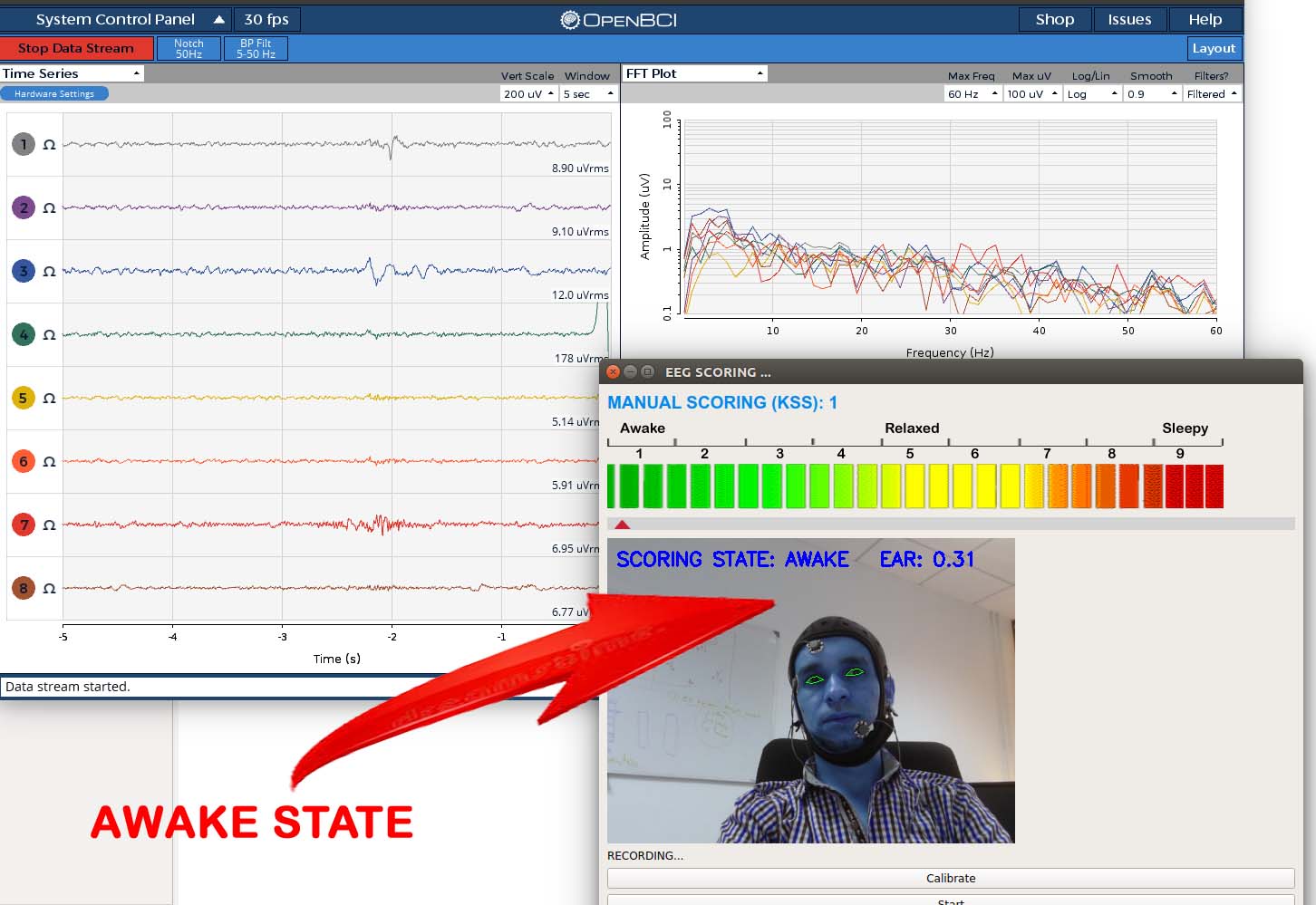
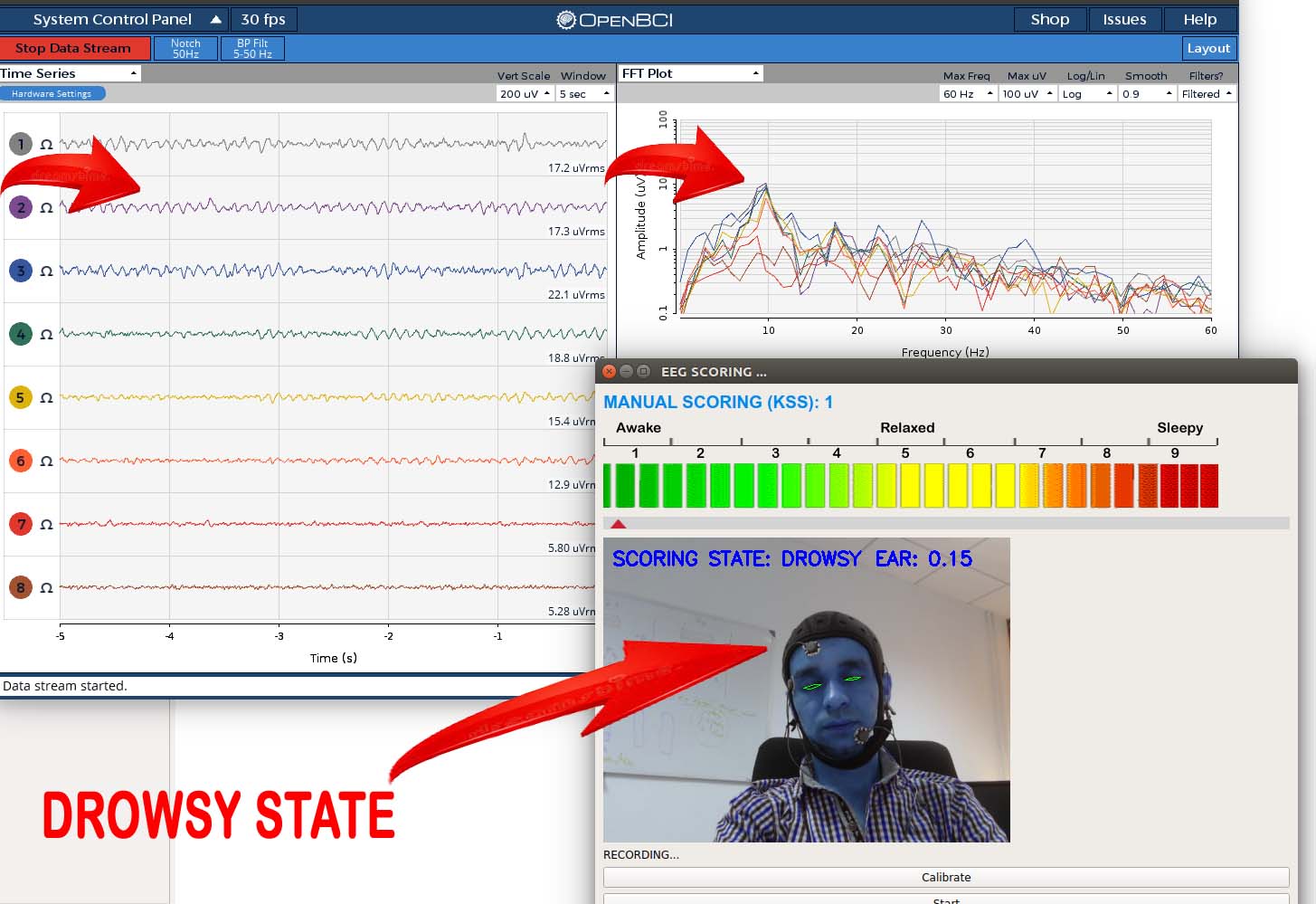
Publications
![]() - TR-UTC_25-11-2017.
- TR-UTC_25-11-2017.
![]() - Messaoud Doudou, Abdelmadjid Bouabdallah: Performance Specifications of Market Physiological Sensors for Efficient Driver Drowsiness Detection System. SENSORNETS 2018: 99-106.
- Messaoud Doudou, Abdelmadjid Bouabdallah: Performance Specifications of Market Physiological Sensors for Efficient Driver Drowsiness Detection System. SENSORNETS 2018: 99-106.
![]() - Messaoud Doudou, Abdelmadjid Bouabdallah, and Veronique Charfaoui: A Light on Suitability of Physiological Sensors for Efficient Driver Drowsiness Detection System. Sensors & Transducers Journal: 224(8),pp. 39-50 (2018).
- Messaoud Doudou, Abdelmadjid Bouabdallah, and Veronique Charfaoui: A Light on Suitability of Physiological Sensors for Efficient Driver Drowsiness Detection System. Sensors & Transducers Journal: 224(8),pp. 39-50 (2018).